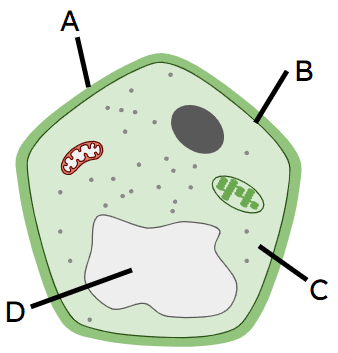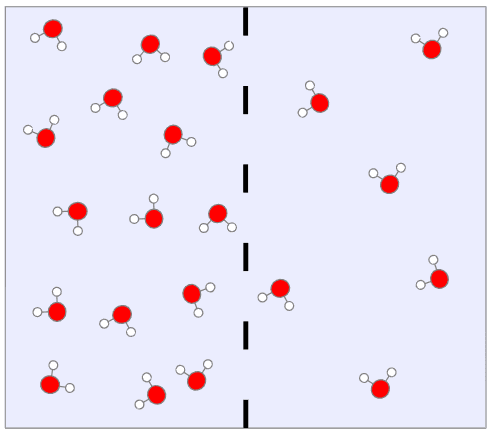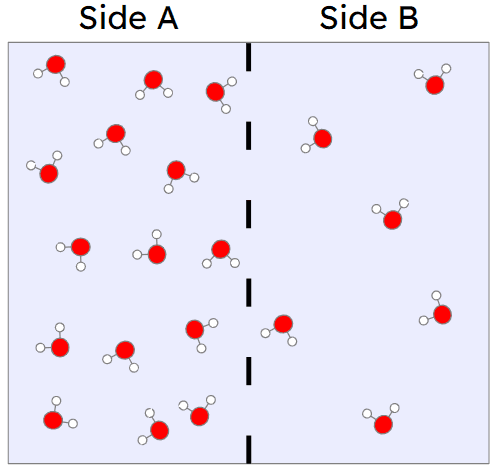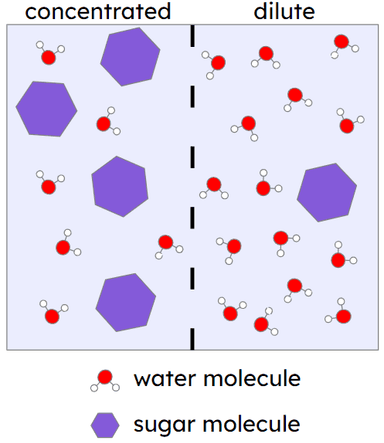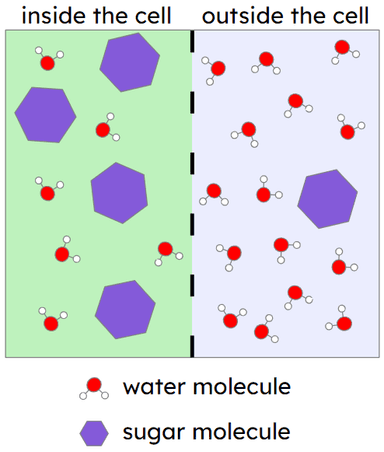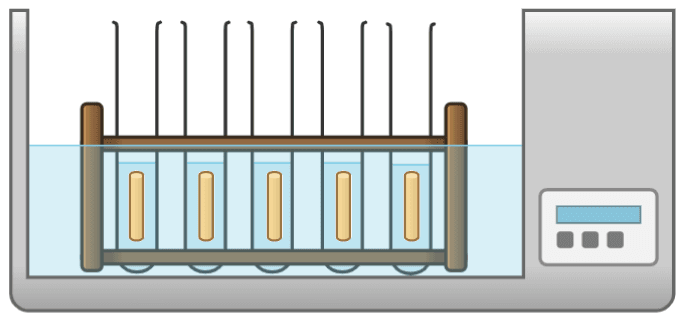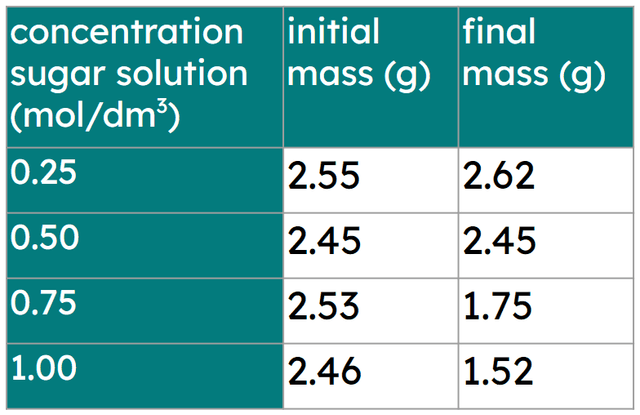Myths about teaching can hold you back
Learn why
New
New
Lesson 1 of 9
- Year 11
- OCR
- Higher
Effect of osmosis and sugar concentration on the mass of plant tissue: practical
I can carry out an investigation into the effect of sugar solution concentration on the mass of fresh potato tissue.
Lesson 1 of 9
New
New
- Year 11
- OCR
- Higher
Effect of osmosis and sugar concentration on the mass of plant tissue: practical
I can carry out an investigation into the effect of sugar solution concentration on the mass of fresh potato tissue.
These resources were made for remote use during the pandemic, not classroom teaching.
Switch to our new teaching resources now - designed by teachers and leading subject experts, and tested in classrooms.




